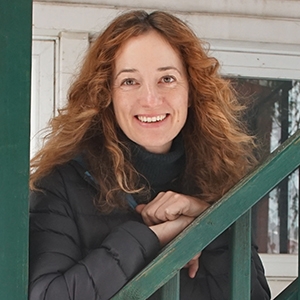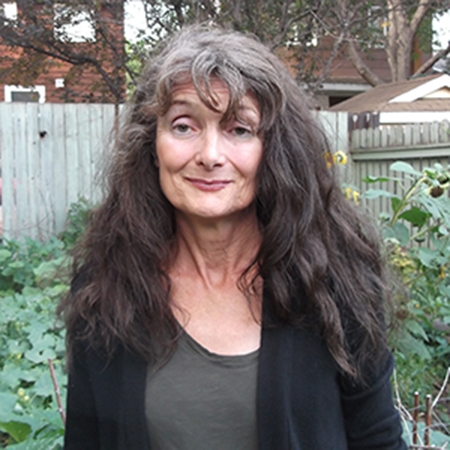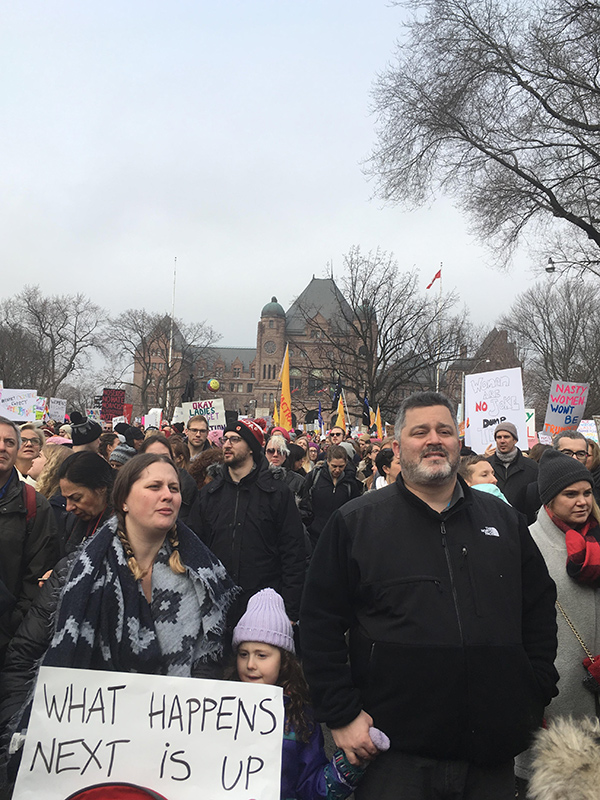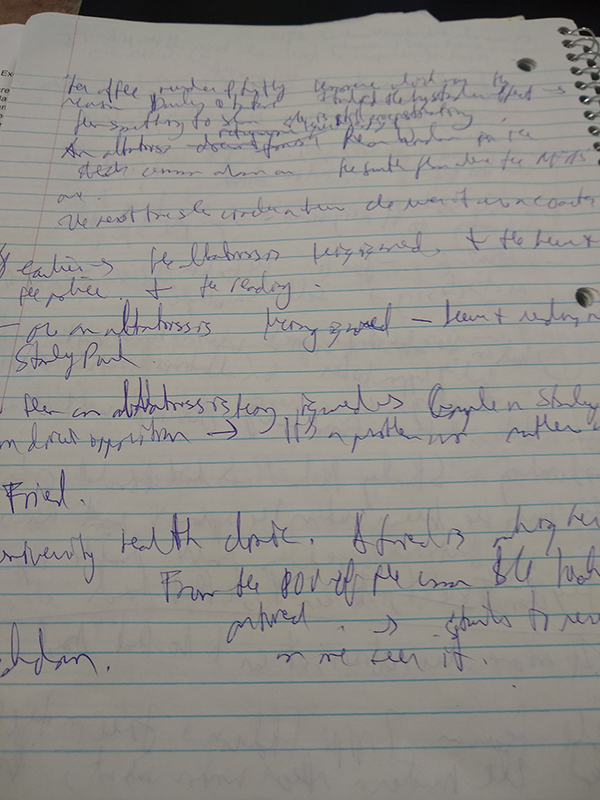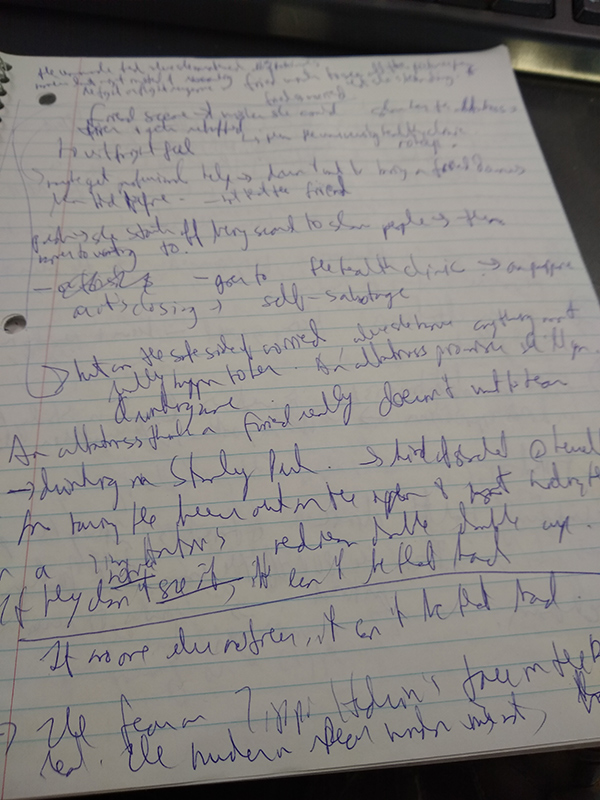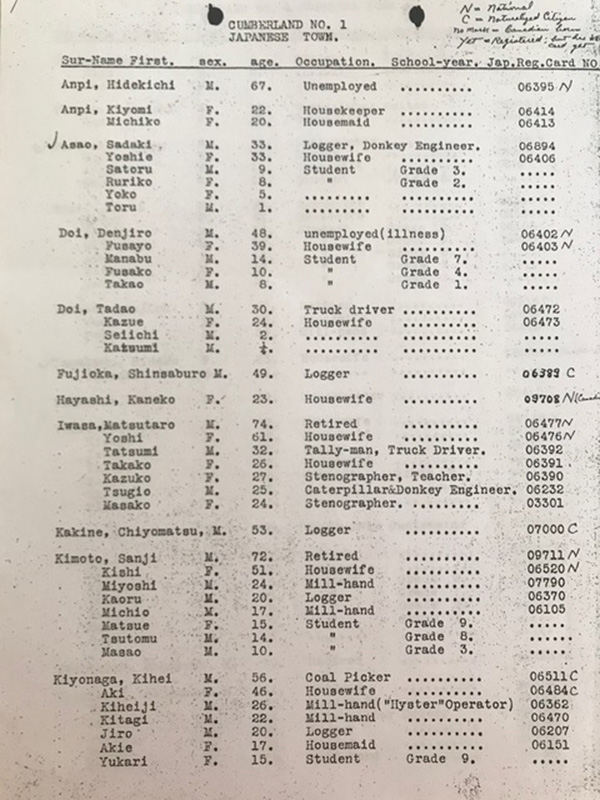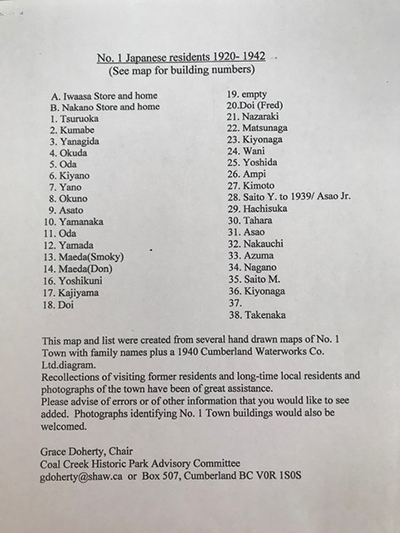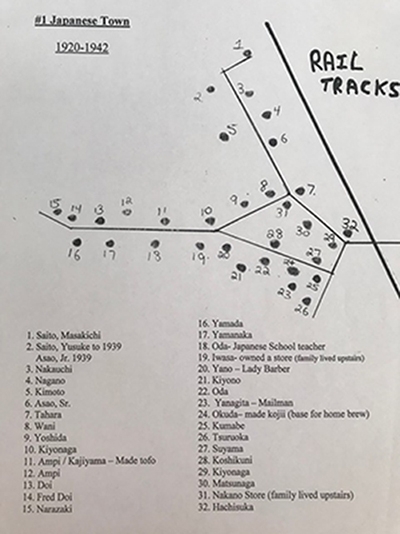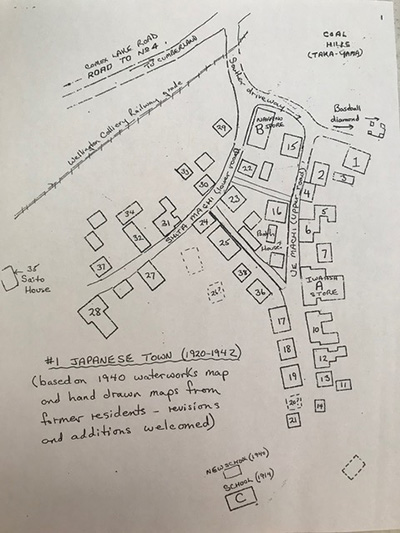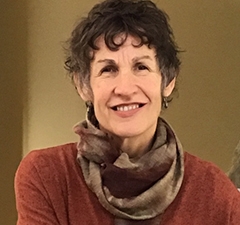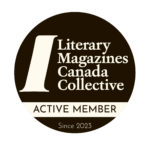Barb Carter, Lead Poetry Editor, in conversation with Terence Young on his poem “Tender is the Night,” the overall winner of The Nick Blatchford Occasional Verse Contest for 2019. The poem appears in Issue 152 of The New Quarterly.
Barb: Terence, I can’t help asking what the term Occasional Verse means to you. What for you are the attributes of a well wrought occasional verse?
Terence: One could argue that all poems are occasional poems, in that some thought, some incident, some emotion serves as the occasion for the author’s sitting down to explore the experience. More traditionally, though, the occasional poem, at least in my understanding, arises out of a specific event, something that, at the time or latterly, acquires significance in the writer’s mind and merits articulation. Because there is often a narrative structure in such poems, the qualities of a good story apply. The reader likes to be engaged immediately, and the elements of the poem – the details, the tone, the imagery, the figurative language – should all contribute, as Poe suggests for the short story, to a single powerful effect. Helen Vendler, in her wonderful book, Poems, Poets, Poetry, spends an entire chapter on Keats’ “On First Looking Into Chapman’s Homer,” and her analysis not only helps students develop the skills that can help them look deeper into a poem, but also demonstrates how coherent and unified the language and structure of the poem truly are. In addition to these elements of technique, the reader must also be drawn to the voice of the poem, which may or may not be the voice of the poet. In Keats’ poem, we can feel the speaker’s astonishment and joy upon discovering Homer’s “wide expanse,” and I believe every good occasional poem should convey as much as possible of the poem’s emotional weight.
Barb: I began here because in reading over the adjudicator’s responses to your poem, I discovered that the late Nick Blatchford for whom the contest was created would have appreciated your poem, both for its humour and the fact that he oft quoted the line in Keats’ poem about stout Cortez on which your poem might be said to turn. Kim Jernigan, Blatchford’s daughter and contest creator, revealed that the fact that the poem’s comic effect is not a one-off joke is what would have made the poem appealing to her father. Is humour an essential characteristic to an occasional verse? Is there more to the back story that prompted you to write Tender is the Night than the poem suggests?
Terence: I don’t think that humour is essential to a successful occasional poem, but I think that it is essential for the poems that I write, in that I often find myself looking at the events of my life from a considerable height, a vantage point that allows me to see the ironies and the sometimes comic humanity of what transpires on this planet. The conjunction of everyday life with the magical is a great source for comedy – A Midsummer Night’s Dream comes to mind – but it takes perspective to isolate what such meetings reveal about us. Wordsworth, in the Preface to the Lyrical Ballads, talks about “emotions recollected in tranquillity.” He believed that a certain distance from events allowed him to see them better and more honestly. In the case of this poem, time tempered my initial disappointment at having to “wake up” and gave me the leisure to explore the fleeting joy of losing my bearings in a world where we rarely experience being lost. In that sense, the antecedents for “Tender is the Night” go back all the way to my youth when I would purposely choose the darkest path in the woods or no path at all, simply to feel what it was like not to know where I was. Once, after hours of such wandering in the dark hours past midnight, I actually came upon my own cabin, a kerosene lamp still burning in one window, and I failed to recognize the place, a moment that correlates exactly to the events of the poem.
Barb: Your poem is anything, but one-off. With its enticing literary allusions, both blatant and subtle, the poem stirs the reader’s imagination as well as tickles her intellect, encouraging the reader to discover as one judge suggested the wonder and majesty of a kid finding a “real secret passageway”. The reader is enticed to wander into your poem and through it into Keats’ On First Looking into Chapman’s Homer and into poetry’s appeal in general. The invitation to read your poem again and again and to return to Keats’ poem (or poems) is in that wonder. And yet, one never knows if the effect a poem has on its readers is intentional or spontaneous. Did you have a specific reader in mind when you wrote this poem?
Terence: I guess I would have to say that, if I imagine any kind of a reader – and in general, I don’t think that I do – it would have to be someone that is a lot like me. What I mean is that, for the most part, everything in my poems – the setting, the language, the allusions, the implied social perspective – can be traced quite easily to the kind of person who has been raised and educated in a fairly benign environment during a time of relative peace and prosperity. There are lot of people who will find little to connect with in what I write because their experience of this country, this world, this period in history bears little resemblance to mine, but, as we know, most people don’t read poetry, so I am not risking that much in the end. And, of course, the poem assumes that its reader will be familiar with a poet like Keats and with his exquisite renderings of our ambitions, our yearnings and our fears. In this litigious world, where one must pay huge sums merely to mention a line from a popular song or novel or poem, it is a little freeing to piggyback on the revelations of people like Keats and Shakespeare and Donne without the fear of being sued. A lot of what is appealing in works of literature is their intertextuality, and I am relying very much on this quality in my poem.
Barb: Tell me about the title of the poem. I think it is inspired.
Terence: Inspired it was, indeed, and once again it was Keats who provided the inspiration, not just for me, obviously, since F. Scott Fitzgerald used the same title for his brilliant novel about the Divers and their tempestuous marriage. In my case, the line from “Ode to a Nightingale” accurately conveys the pleasure of being deceived, of being “in the dark,” a state that Keats, in his poem, wishes would endure, if only to ward off the harsh reality of a world “where men sit and hear each other groan;/ Where palsy shakes a few, sad, last gray hairs,/ Where youth grows pale, and spectre-thin, and dies;/ Where but to think is to be full of sorrow.” My reasons for continuing the deception are less dire, a simple wish for there to be more of the magical, of the unexpected and unimagined, which are also everywhere in Keats’ poetry. “The Eve of St. Agnes” is a good example. In addition to the poem on Chapman’s translation of Homer and his “Ode to a Nightingale,” I also borrow slightly from his “Ode on Grecian Urn,” where he (or the urn) argues that “Beauty is truth, truth beauty – that is all/ ye know on earth, and all ye need to know.”
Barb: One might be tempted to take your poem lightly, a kind of shared musing about waking up disoriented and perhaps entering a parallel fantasy world, because of its casual free verse form and delightful contemporary diction (more like a kid who can’t believe/his room contains a real secret passage way, … when the woman next to me complains how late/ she’ll be now, thanks to this about-face…) but its deft lining and cleverly placed literary allusions confirm its depth. There seems to me an irony that this free verse poem by inserting midway and on its own a quotation from Keat’s Petrarchan Sonnet
(silent, upon a peak in Darien) corrals the reader into the world of poetry. Are you most often drawn to free verse when writing poetry?
Terence: Yes, absolutely, although I have experimented with forms like the palindrome from time to time, and I even invented a form much like the pantoum that relies on repetition for a cumulative effect. The bulk of what I write, though, is free verse, free in the sense that there is no predictable metre or rhyme. I tend to lean in my reading habits toward poets who make the art of writing seem clear and uncomplicated, as though they are simply speaking their thoughts as truly and engagingly as they can. I am thinking of poets like Tony Hoagland, Stephen Dunn and Philip Levine, among others, and in my own work it is this clarity and ease of entry that I strive for.
Barb: I liked too that one of the adjudicators was drawn to Tender is the Night because in his words it both lionizes and humanizes Keats. Keats is held high as a literary great, but he is revealed also to be a literal human. According to the poem, Keats preferred to scoff at the pedants and retain Cortez not Balboa as the one who first set European eyes westward from that mountain/ top because the latter name though accurate so spoiled the meter of his line. How can anyone resist a poet that to his death was certain that facts had little to do with truth or beauty? Methinks Terence, you make the difficult look easy. How many drafts were there before you submitted this final version? How do you know when a poem is complete?
Terence: Ha! That’s the first time I’ve been accused of that! Usually, I make the easy look difficult. The funny thing about being a writing teacher for so many years is that I rarely take my own advice. I’m just as unwilling as my students are when it comes to “killing my darlings,” and I often ramble on far longer than I should. Luckily, I live with a tough editor who is good at filtering out the dross. I also belong to a writing group. We meet once a month to share our poems. This particular poem has been hanging around for some time, and I have revisited it often, cutting a word or ten, rearranging line breaks, refining images. It will be included in my next collection, currently called Smithereens, which is coming out with Harbour Publishing in 2021. No doubt I will tweak it some more before that day arrives. More and more I am coming to believe that poems and stories are never really finished. Rather, it is the author who is finished pursuing perfection.
*
Interviews with Past Contest Winners:
2018: Catherine Malvern for December’s Child
2017: Fiona Tinwei Lam for “Test”
2016: Ruth Daniell for “Wedding Anniversary”
2015: Cori Martin for “Quilters”
2013: Suzanne Nussey for “Poem for the First Sunday of Advent”
2012: Anne Marie Todkill for “Non sequitur”
2011: Kerry-Lee Powell for “The Lifeboat”
